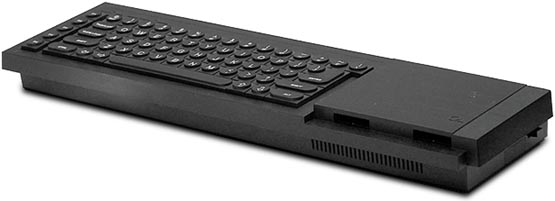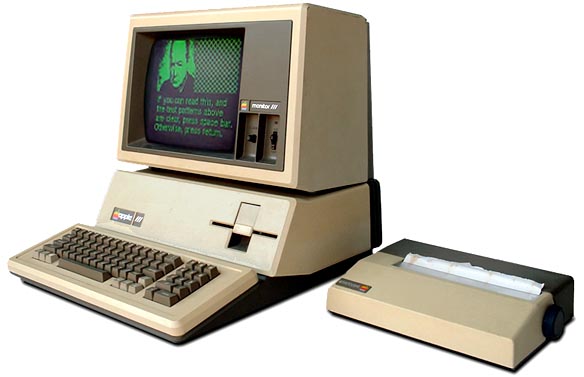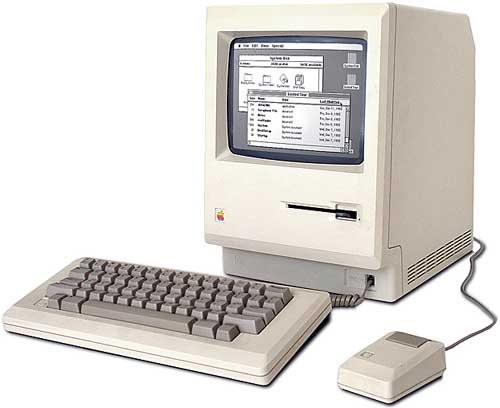How is it that computer cases look so much better today than they did 10 or 15 or 20 years ago? Or maybe the better question is how did computer cases look so bad back in the day?
I mean, we've all probably had a beige case at some point. Why the hell was beige so popular? Ugh, I remember that I had an Antec case that was beige with purple plastic fan mounts. Ugh, beige and purple. Was a black case a taboo? It's not like my case was an ugly design, just the color scheme.
What was up with all the neon and ultra violet? In early water cooling builds especially you would see a ton of neon.
And cable management was almost nonexistent. I was looking at some photos of old builds earlier today. They look like a power supply exploded inside of the case. Wires everywhere. Admittedly they didn't have modular PSUs back then, but still.
Has technology improved? I mean, we are still using steel, aluminium, and plastic.
It just strikes me as funny that it took so long to get to where we are today.
Imagine if there had been an 800D in the 90's. Maybe there was and I just don't know about it, but I remember the 90's and early 2000's as boxy and beige.
Ha, on the other hand I found myself wishing that the beige 900D could be purchased.
I mean, we've all probably had a beige case at some point. Why the hell was beige so popular? Ugh, I remember that I had an Antec case that was beige with purple plastic fan mounts. Ugh, beige and purple. Was a black case a taboo? It's not like my case was an ugly design, just the color scheme.
What was up with all the neon and ultra violet? In early water cooling builds especially you would see a ton of neon.
And cable management was almost nonexistent. I was looking at some photos of old builds earlier today. They look like a power supply exploded inside of the case. Wires everywhere. Admittedly they didn't have modular PSUs back then, but still.
Has technology improved? I mean, we are still using steel, aluminium, and plastic.
It just strikes me as funny that it took so long to get to where we are today.
Imagine if there had been an 800D in the 90's. Maybe there was and I just don't know about it, but I remember the 90's and early 2000's as boxy and beige.
Ha, on the other hand I found myself wishing that the beige 900D could be purchased.
![[H]ard|Forum](/styles/hardforum/xenforo/logo_dark.png)


